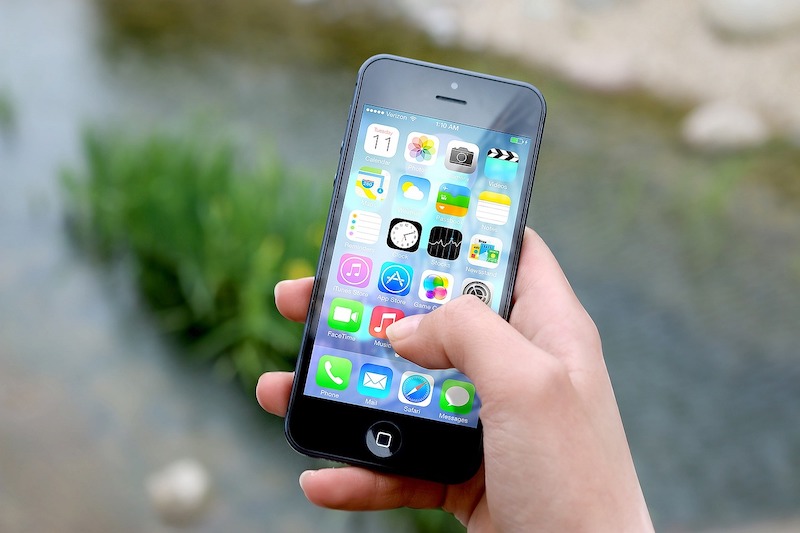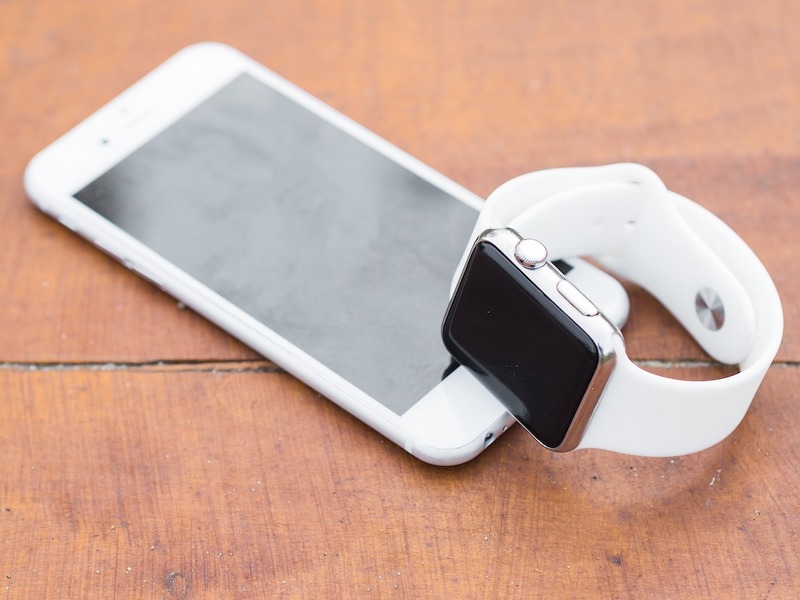Tokenized gadgets, powered by blockchain and cryptocurrency, are transforming tech ownership by enabling verifiable digital proof, decentralized marketplaces, and innovative subscription models. From smart contracts that automate transactions to enhanced security and anti-theft measures, this shift offers greater consumer control, though challenges like regulation and user adoption remain.
The digital age has ushered in rapid technological advancements, fundamentally transforming how we interact with gadgets. From smart home devices to wearables, tech products have become more sophisticated and interconnected. However, a significant shift is now unfolding: tokenized gadgets, powered by blockchain and cryptocurrency, are redefining the concept of ownership in the consumer electronics space. This post details what tokenized gadgets are, how blockchain and crypto are enabling them, and what it means for tech ownership in the future.
What Are Tokenized Gadgets?
Tokenization is the process of converting ownership rights into digital assets stored on a blockchain. When applied to gadgets, it means that tech devices can be linked to unique digital tokens, representing ownership, usage rights, or even access privileges.
For example, instead of purchasing a smartphone outright, a user could own a fractional share of the device through a blockchain-based token. This concept extends beyond hardware-software licenses, firmware updates, and digital rights can also be tokenized. This allows consumers to truly own and control their devices in a decentralized way. Some real-world examples of tokenized gadgets include:
- Blockchain-powered gaming consoles that use NFTs to verify game ownership.
- Smart home devices with encrypted, blockchain-stored credentials for security.
- Wearables with tokenized ownership models, allowing resale without intermediaries.
How Blockchain and Crypto Are Revolutionizing Tech Ownership
1. True Ownership and Digital Scarcity
One of the biggest challenges in today’s tech ecosystem is that consumers often don’t truly “own” their devices. Many gadgets have proprietary software restrictions, limiting what users can do with their products. Tokenization solves this issue by allowing blockchain-based proof of ownership.
For example, a blockchain-linked NFT (non-fungible token) could act as a digital certificate verifying that a user is the rightful owner of a device. This would eliminate gray areas in digital rights and prevent companies from revoking access remotely.
2. Decentralized Marketplaces for Gadgets
Currently, second-hand tech marketplaces rely on centralized platforms like eBay or Facebook Marketplace, where users must trust third parties for transactions. With tokenized gadgets, consumers can buy, sell, or trade devices peer-to-peer on blockchain-based marketplaces without middlemen.
Through smart contracts, transactions can be automated–when a buyer purchases a tokenized gadget, the ownership rights are instantly transferred on the blockchain, making the process trustless and fraud-proof.
3. Subscription-Based Ownership Models
Imagine paying for a laptop, VR headset, or smart TV through a blockchain-powered subscription model. Instead of a significant upfront cost, users could pay micro-transactions in crypto to access and use gadgets for a limited period.
This would allow manufacturers to offer hardware-as-a-service (HaaS), reducing e-waste and increasing sustainability. Additionally, tokenized gadgets could enforce automatic software upgrades through blockchain, ensuring that users always have the latest technology without needing to frequently replace their devices.
4. Enhanced Security and Anti-Theft Mechanisms
Tokenized gadgets introduce a new level of security, preventing unauthorized use or theft. Since blockchain technology enables immutable and verifiable ownership records, stolen devices could be locked and tracked on a decentralized ledger.

For instance, a stolen smartwatch or smartphone could be rendered useless unless the rightful owner transfers the ownership token. This approach could significantly reduce tech theft and encourage ethical second-hand sales.
The Role of Crypto in Tokenized Gadgets
Cryptocurrency plays a key role in enabling tokenized gadgets by facilitating seamless transactions, smart contracts, and decentralized finance (DeFi) models. Some applications of crypto in this space include:
Crypto Payments for Tokenized Gadgets
Consumers can purchase and trade tech devices using cryptocurrencies like Ethereum, Bitcoin, or Stablecoins. The integration of crypto payments removes international transaction barriers, making cross-border gadget purchases more accessible.
Staking and Renting Gadgets
Users could stake tokens to access high-end devices temporarily, similar to leasing a car. This opens up possibilities for temporary ownership models without the risk of losing access permanently.
Tokenized Warranty and Repairs
Instead of dealing with lengthy warranty claims, consumers could hold blockchain-based warranty tokens that automatically trigger services based on pre-set conditions. As blockchain adoption grows, major crypto exchanges like Kraken ETH provide users with easy access to Ethereum, which powers many tokenization projects. With the increasing popularity of crypto-backed transactions, tokenized gadgets will become even more accessible in the coming years.
Challenges and Considerations
While tokenized gadgets present exciting opportunities, some challenges must be addressed for widespread adoption:
Regulatory Hurdles
Blockchain and crypto regulations vary by country, making it challenging to establish standardized ownership models for tokenized gadgets worldwide. Governments will need to develop clear legal frameworks for digital asset ownership.
User Education and Adoption
Not all consumers are familiar with blockchain and crypto, which could hinder adoption. Tech companies must invest in user-friendly interfaces and educational resources to make tokenized ownership models accessible to mainstream users.
Environmental Concerns
Some blockchain networks consume high amounts of energy. However, eco-friendly blockchains like Ethereum 2.0 and Solana are working towards reducing their carbon footprint, making tokenized gadgets more sustainable.
The Future of Tokenized Gadgets
As blockchain technology evolves, tokenized gadgets will reshape how we own, trade, and interact with tech devices. The shift towards decentralized ownership will empower consumers with:
- More control over their digital assets
- Secure and transparent transactions
- Innovative subscription and leasing models
Major tech brands are already exploring Web3 integrations, and as crypto adoption increases, tokenized gadgets will become a mainstream reality.
Interoperability and Cross-Platform Integration
One of the most exciting prospects of tokenized gadgets is their potential for seamless cross-platform integration. Currently, many tech ecosystems are locked within proprietary frameworks; Apple devices work best with other Apple products, and particular smart home gadgets require specific hubs.

Blockchain-based tokenization could break down these barriers by creating decentralized, universal ownership records that allow devices to interact across different platforms. For instance, a tokenized smartwatch could authenticate on any fitness app without requiring a separate login, or a gaming console could verify ownership across multiple brands without restrictive DRM policies. This shift could drive a new era of consumer freedom, where users truly own and control their devices regardless of the manufacturer.
Endnote
Whether it’s using NFTs to verify ownership, buying gadgets through crypto, or renting devices with smart contracts, the future of tech ownership is decentralized, secure, and blockchain-powered. Are you ready for the next wave of innovation? Keep an eye on how blockchain revolutionizes consumer tech, because the future is tokenized.